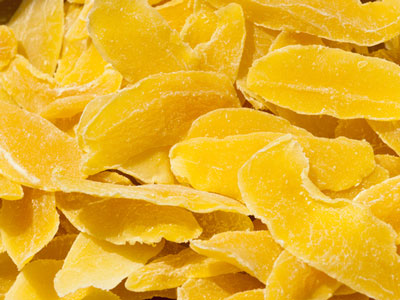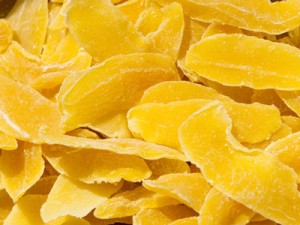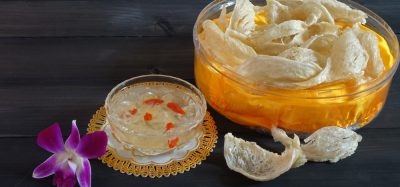Infrared blanching improves vitamin C retention in mangoes
- Like
- Digg
- Del
- Tumblr
- VKontakte
- Buffer
- Love This
- Odnoklassniki
- Meneame
- Blogger
- Amazon
- Yahoo Mail
- Gmail
- AOL
- Newsvine
- HackerNews
- Evernote
- MySpace
- Mail.ru
- Viadeo
- Line
- Comments
- Yummly
- SMS
- Viber
- Telegram
- Subscribe
- Skype
- Facebook Messenger
- Kakao
- LiveJournal
- Yammer
- Edgar
- Fintel
- Mix
- Instapaper
- Copy Link
Posted: 22 June 2015 | Victoria White | No comments yet
A new study has found that infrared blanching of mangoes prior to drying may improve the retention of water-soluble vitamins, like vitamin C…


A new study has found that infrared blanching of mangoes prior to drying may improve the retention of water-soluble vitamins, like vitamin C.


Blanching is widely used for developing dried fruit and vegetable products. This process consumes large amounts of water and can have a negative effect on the nutritional value of fruits and vegetables by leaching out water-soluble nutrients. In addition, over-blanching causes a loss of flavour, colour, vitamins and minerals.
Researchers from University Eduardo Mondlane, Mozambique; Chalmers University of Technology, Sweden; and SP Technical Research Institute of Sweden compared the emerging technique of infrared blanching with traditional water blanching on the retention of vitamin C and carotenoids in dried mango.
Infrared blanching requires less water than traditional blanching methods
The results show that infrared dry blanching of mango prior to drying can improve the retention of water-soluble vitamins, like vitamin C, but not the retention of lipid-soluble vitamins like carotenoids which showed to be more dependent on the temperature than the blanching process. Infrared blanching also requires less water consumption than the conventional blanching method. The new blanching process can be especially relevant in areas where water is scarce. Consumers can also benefit from dried fruits and vegetables with enhanced nutritional value.
The study findings are published in Journal of Food Science.









